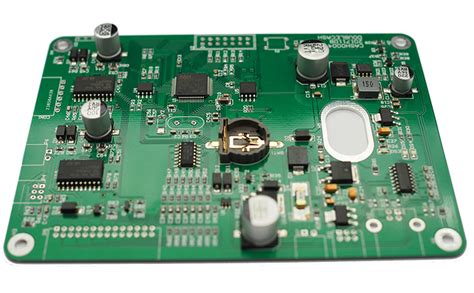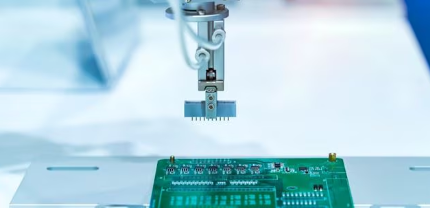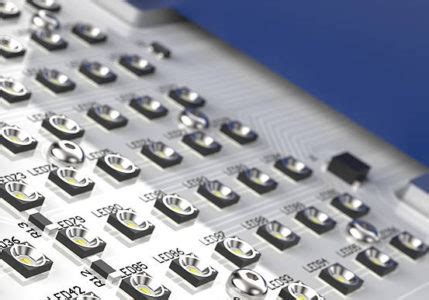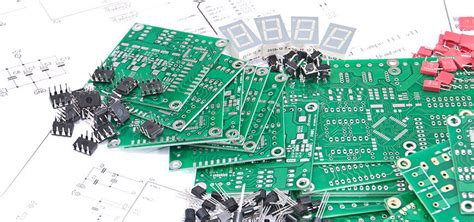The Evolution and Importance of Online PCB Viewers in Modern Electronics Design
Introduction to Online PCB Viewers
In the rapidly evolving world of electronics design, Online PCB (Printed Circuit Board) Viewers have emerged as indispensable tools for engineers, designers, and manufacturers. These web-based applications allow users to visualize, inspect, and analyze PCB designs without requiring specialized software installation. As collaboration becomes increasingly global and remote work more prevalent, online PCB viewers bridge the gap between geographically dispersed team members, enabling real-time design review and feedback.
The traditional PCB design process often involved multiple software packages, expensive licenses, and compatibility issues when sharing files between stakeholders. Online PCB viewers solve these challenges by providing universal access through standard web browsers, eliminating the need for software downloads or platform-specific applications. This accessibility revolution has transformed how electronics professionals interact with PCB designs throughout the product development lifecycle.
Core Features of Modern Online PCB Viewers
Contemporary online PCB viewers offer a robust set of features that rival many desktop applications. The most advanced solutions provide:
- Multi-layer Visualization: The ability to toggle between different PCB layers (copper, solder mask, silkscreen, etc.) with customizable color schemes for optimal clarity. Users can isolate specific layers or view combinations to understand the complete board architecture.
- 3D Rendering: High-quality three-dimensional representations of the PCB and components, allowing for realistic visualization of the final product. This feature is particularly valuable for mechanical integration and enclosure design.
- Measurement Tools: Precision measurement capabilities for trace widths, component spacing, and other critical dimensions directly within the viewer interface.
- Cross-Probing: Synchronized highlighting between schematic symbols and their corresponding components on the board layout, enhancing design verification efficiency.
- Net Highlighting: Visual tracing of electrical connections throughout the board to verify circuit paths and identify potential issues.
- Component Inspection: Detailed information display for each component including reference designators, values, packages, and manufacturer part numbers.
- Design Comparison: Tools to highlight differences between versions of the same design, facilitating change management and revision control.
- Annotation and Markup: Collaborative features that allow team members to add comments, mark issues, or suggest modifications directly on the PCB view.
These features collectively provide a comprehensive environment for design review, debugging, and collaboration without requiring access to the original design files or authoring tools.
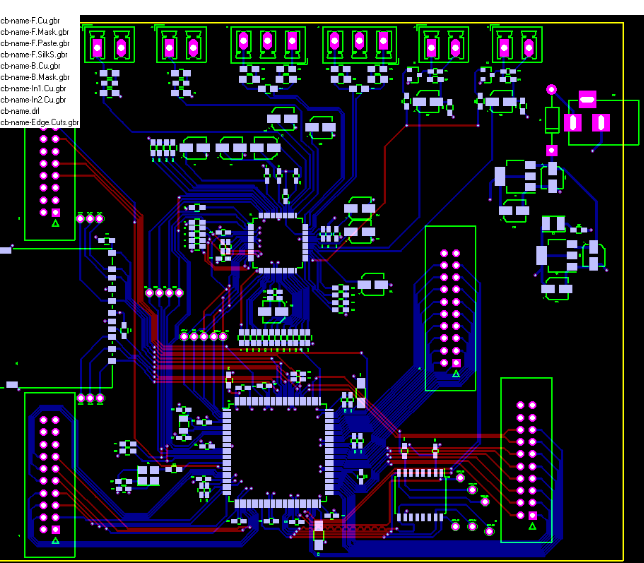
Technical Architecture of Online PCB Viewers
The development of online PCB viewers represents a significant technical achievement, requiring sophisticated algorithms to parse and render complex design data in a web browser environment. The typical architecture involves:
- File Parsing Engine: Converts native PCB file formats (such as Gerber, ODB++, IPC-2581, or proprietary CAD formats) into a standardized intermediate representation. This engine must handle the intricate details of PCB designs including copper layers, drill files, component placements, and netlists.
- Rendering Pipeline: Utilizes WebGL or similar technologies to generate 2D and 3D visualizations of the PCB within the browser. Advanced implementations employ level-of-detail techniques to ensure smooth performance even with highly complex boards.
- Data Compression: Implements efficient compression algorithms to minimize the size of design data transferred between servers and clients, enabling faster loading times and reduced bandwidth usage.
- Security Layer: Incorporates robust encryption and access controls to protect intellectual property while allowing authorized sharing with partners and manufacturers.
Modern implementations often leverage cloud computing resources to handle the intensive processing required for large designs, with the client-side interface focusing on user interaction and visualization. Progressive Web App (PWA) technologies enable some viewers to function partially offline after initial loading, enhancing usability in low-connectivity scenarios.
Benefits for Different Stakeholders
Online PCB viewers deliver distinct advantages to various participants in the electronics development ecosystem:
For Design Engineers:
- Immediate visual feedback during the design process
- Ability to share concepts with colleagues for quick input
- Version comparison to track design evolution
- Cross-platform accessibility from any device with a browser
For PCB Manufacturers:
- Reduced turnaround time for design review and DFM (Design for Manufacturability) analysis
- Elimination of software compatibility issues when receiving customer files
- Clear visualization of potential production challenges before fabrication begins
- Digital markup capabilities for precise communication of required modifications
For Procurement Teams:
- Visual verification of component placements and orientations
- Easy access to bill of materials (BOM) information
- Ability to share board views with suppliers for accurate quoting
For Educators and Students:
- Low-barrier access to professional PCB inspection tools
- Enhanced learning through interactive exploration of board designs
- Opportunity to study high-quality reference designs from open-source projects
For Project Managers:
- Centralized design review process with all stakeholders
- Clear visual documentation of design decisions and changes
- Reduced reliance on physical prototypes for design verification
The cumulative effect of these benefits is faster design cycles, fewer manufacturing errors, and improved collaboration across organizational boundaries.
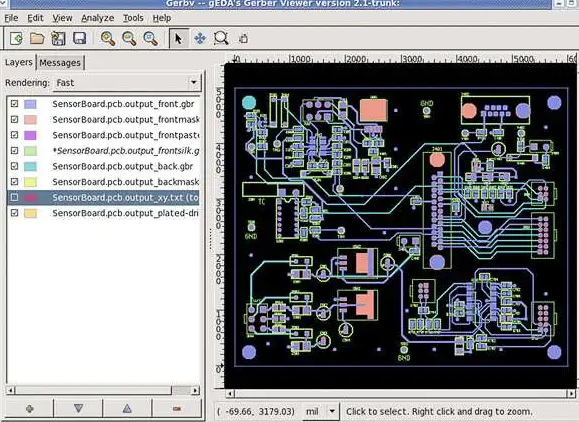
Integration with the Broader Electronics Ecosystem
Leading online PCB viewers don’t exist in isolation but integrate with various other tools in the electronics design and manufacturing workflow:
- ECAD Platforms: Many PCB design software vendors now offer built-in online viewing capabilities or seamless export to web-based viewers. Some provide live synchronization between the design environment and online views.
- Version Control Systems: Integration with Git or specialized hardware version control systems allows viewers to display design differences between commits or branches.
- PLM/PDM Systems: Connection to Product Lifecycle Management and Product Data Management systems enables viewers to access the approved revision of designs within enterprise workflows.
- Supply Chain Tools: Some viewers incorporate component availability and pricing information from distributor databases, displaying real-time procurement data alongside the visual representation.
- Manufacturing Analysis: Advanced viewers may include links to DFM checking services or provide visual overlays of potential manufacturing issues identified by automated analysis tools.
- Augmented Reality: Emerging integrations allow PCB views to be projected onto physical prototypes or production units through AR devices, bridging the digital and physical realms.
These integrations transform online viewers from simple visualization tools into central hubs for design collaboration and decision-making.
Security Considerations and IP Protection
As with any cloud-based technology handling sensitive design data, online PCB viewers must address significant security concerns:
- Data Encryption: End-to-end encryption for both data in transit and at rest protects designs from interception or unauthorized access.
- Access Controls: Granular permission systems ensure that only authorized individuals can view, comment on, or download design files.
- Watermarking: Some systems apply dynamic watermarks to screen views to deter unauthorized sharing of proprietary designs.
- Audit Trails: Comprehensive logging of all access and actions performed on a design provides accountability and supports compliance requirements.
- On-Premises Options: For organizations with heightened security needs, some viewer solutions offer self-hosted versions that keep all data within corporate networks.
- Expiring Links: Time-limited access URLs prevent indefinite availability of shared designs, reducing the window for potential misuse.
The most trusted online PCB viewer providers undergo rigorous security certifications and independent audits to validate their protection measures, giving customers confidence in sharing sensitive intellectual property.
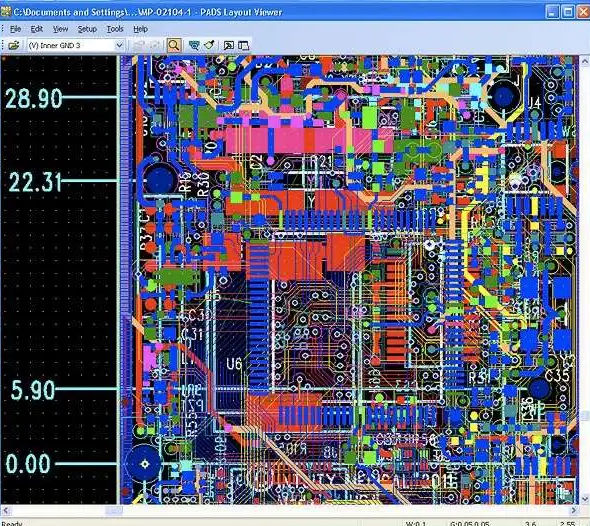
Future Trends and Developments
The online PCB viewer landscape continues to evolve with several emerging trends:
- AI-Powered Analysis: Integration of machine learning for automatic detection of common design issues, component placement anomalies, or potential signal integrity problems.
- Real-Time Collaboration: Advanced multi-user interfaces allowing geographically dispersed teams to simultaneously view and annotate designs with live updates.
- Enhanced Reality Views: Deeper integration with AR/VR technologies for immersive PCB inspection and virtual prototyping.
- Predictive Rendering: AI-assisted rendering that predicts and pre-loads likely next views based on user behavior patterns, improving responsiveness.
- IoT Device Integration: Ability to view PCB designs alongside real-time telemetry from physical prototypes or deployed units.
- Educational Features: Interactive tutorials and guided design walkthroughs built directly into viewing experiences to accelerate learning curves.
- Blockchain Verification: Use of distributed ledger technology to create immutable records of design reviews and approvals.
As these innovations mature, online PCB viewers will likely become even more central to the electronics design process, potentially evolving into comprehensive digital twin platforms for electronic products.
Conclusion
Online PCB viewers have transformed from simple file conversion tools to sophisticated platforms enabling global collaboration in electronics development. By providing instant, universal access to PCB visualizations without specialized software, these solutions have removed traditional barriers to design review and stakeholder engagement. The continued advancement of web technologies, combined with growing demand for remote collaboration tools, ensures that online PCB viewers will play an increasingly vital role in the electronics industry.
For organizations developing electronic products, adopting the right online PCB viewer can significantly reduce development cycles, improve communication with manufacturing partners, and ultimately lead to higher quality products reaching the market faster. As the technology continues to evolve, we can expect these tools to become even more intelligent, integrated, and indispensable to the practice of electronics design and manufacturing.


